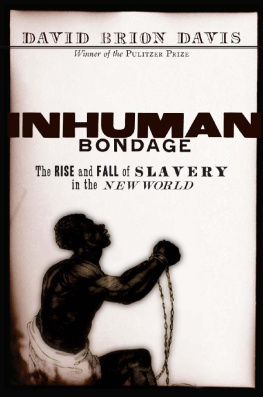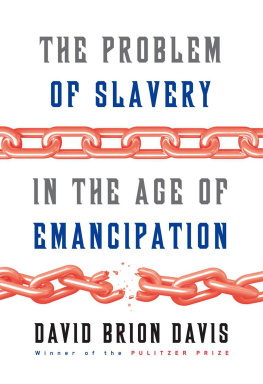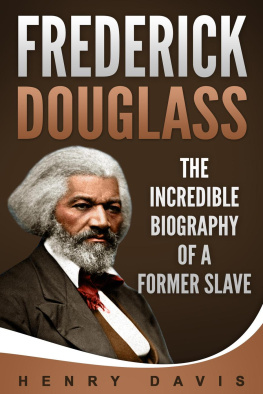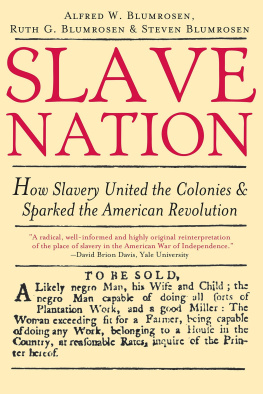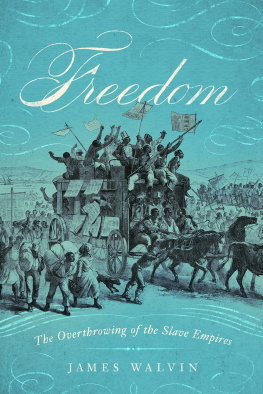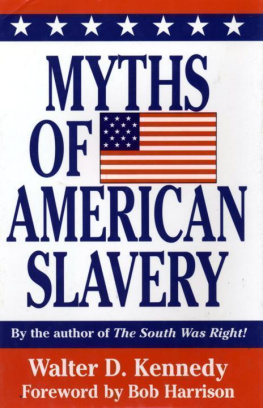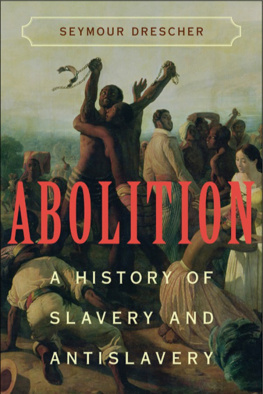David Brion Davis - Inhuman Bondage: The Rise and Fall of Slavery in the New World
Here you can read online David Brion Davis - Inhuman Bondage: The Rise and Fall of Slavery in the New World full text of the book (entire story) in english for free. Download pdf and epub, get meaning, cover and reviews about this ebook. City: Oxford and New York, year: 2006, publisher: Oxford University Press, genre: History. Description of the work, (preface) as well as reviews are available. Best literature library LitArk.com created for fans of good reading and offers a wide selection of genres:
Romance novel
Science fiction
Adventure
Detective
Science
History
Home and family
Prose
Art
Politics
Computer
Non-fiction
Religion
Business
Children
Humor
Choose a favorite category and find really read worthwhile books. Enjoy immersion in the world of imagination, feel the emotions of the characters or learn something new for yourself, make an fascinating discovery.
- Book:Inhuman Bondage: The Rise and Fall of Slavery in the New World
- Author:
- Publisher:Oxford University Press
- Genre:
- Year:2006
- City:Oxford and New York
- Rating:5 / 5
- Favourites:Add to favourites
- Your mark:
Inhuman Bondage: The Rise and Fall of Slavery in the New World: summary, description and annotation
We offer to read an annotation, description, summary or preface (depends on what the author of the book "Inhuman Bondage: The Rise and Fall of Slavery in the New World" wrote himself). If you haven't found the necessary information about the book — write in the comments, we will try to find it.
Davis begins with the dramatic Amistad case, which vividly highlights the international character of the Atlantic slave trade and the roles of the American judiciary, the presidency, the media, and of both black and white abolitionists. The heart of the book looks at slavery in the American South, describing black slaveholding planters, the rise of the Cotton Kingdom, the daily life of ordinary slaves, the highly destructive internal, long-distance slave trade, the sexual exploitation of slaves, the emergence of an African-American culture, and much more. But though centered on the United States, the book offers a global perspective spanning four continents. It is the only study of American slavery that reaches back to ancient foundations (discussing the classical and biblical justifications for chattel bondage) and also traces the long evolution of anti-black racism (as in the writings of David Hume and Immanuel Kant, among many others). Equally important, it combines the subjects of slavery and abolitionism as very few books do, and it illuminates the meaning of nineteenth-century slave conspiracies and revolts, with a detailed comparison with 3 major revolts in the British Caribbean. It connects the actual life of slaves with the crucial place of slavery in American politics and stresses that slavery was integral to Americas success as a nation--not a marginal enterprise.
A definitive history by a writer deeply immersed in the subject, Inhuman Bondage offers a compelling narrative that links together the profits of slavery, the pain of the enslaved, and the legacy of racism. It is the ultimate portrait of the dark side of the American dream. Yet it offers an inspiring example as well--the story of how abolitionists, barely a fringe group in the 1770s, successfully fought, in the space of a hundred years, to defeat one of human historys greatest evils.
David Brion Davis: author's other books
Who wrote Inhuman Bondage: The Rise and Fall of Slavery in the New World? Find out the surname, the name of the author of the book and a list of all author's works by series.

